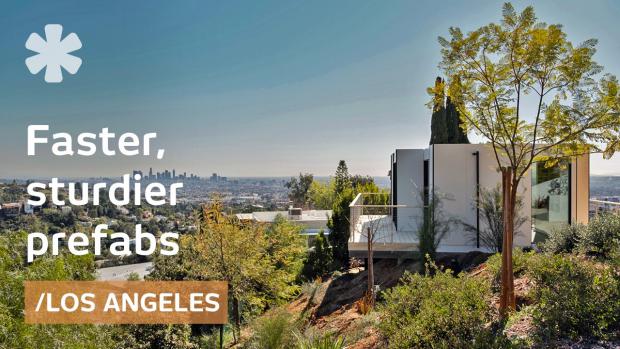
Breaking News
 Battleborn Batteries Responds! Their Overheating Device is a "Feature" not a "Problem
Battleborn Batteries Responds! Their Overheating Device is a "Feature" not a "Problem
 Actor Liam Neeson Outs Himself as MAHA After Narrating Pro-RFK Jr. Documentary Slamming...
Actor Liam Neeson Outs Himself as MAHA After Narrating Pro-RFK Jr. Documentary Slamming...
 Kyle Rittenhouse announced on social media Wednesday that he has tied the knot.
Kyle Rittenhouse announced on social media Wednesday that he has tied the knot.
 JUST IN: President Trump Grants Tina Peters Pardon
JUST IN: President Trump Grants Tina Peters Pardon
Top Tech News
 Build a Greenhouse HEATER that Lasts 10-15 DAYS!
Build a Greenhouse HEATER that Lasts 10-15 DAYS!
 Look at the genius idea he came up with using this tank that nobody wanted
Look at the genius idea he came up with using this tank that nobody wanted
 Latest Comet 3I Atlas Anomolies Like the Impossible 600,000 Mile Long Sunward Tail
Latest Comet 3I Atlas Anomolies Like the Impossible 600,000 Mile Long Sunward Tail
 Tesla Just Opened Its Biggest Supercharger Station Ever--And It's Powered By Solar And Batteries
Tesla Just Opened Its Biggest Supercharger Station Ever--And It's Powered By Solar And Batteries
 Your body already knows how to regrow limbs. We just haven't figured out how to turn it on yet.
Your body already knows how to regrow limbs. We just haven't figured out how to turn it on yet.
 We've wiretapped the gut-brain hotline to decode signals driving disease
We've wiretapped the gut-brain hotline to decode signals driving disease
 3D-printable concrete alternative hardens in three days, not four weeks
3D-printable concrete alternative hardens in three days, not four weeks
 Could satellite-beaming planes and airships make SpaceX's Starlink obsolete?
Could satellite-beaming planes and airships make SpaceX's Starlink obsolete?
L.A. startup speeds up housing with fireproof prefab homes

Their goal has always been ambitious: to rethink how homes are built by combining precision engineering, factory production, and modern design.
Over the years, we've watched them refine their approach, focusing first on accessory dwelling units (ADUs) that could be quickly and efficiently added to backyards.
In the wake of recent fires that destroyed thousands of homes across Los Angeles, Cover is shifting gears. For the first time, they are offering single-family homes to help the city rebuild. Their system, which uses factory-built panels designed to fit together like life-sized blocks, allows them to construct homes faster than traditional methods while maintaining high standards for safety and durability.
What used to take them 120 days to install now takes just three weeks—a dramatic reduction in build time that could make a significant difference in getting people back into homes quickly.
The fires have tested the resilience of their designs in real-world conditions. We returned to visit Chris Buchanan, whose family added a Cover ADU for his mother-in-law—a build we filmed a few years ago. The structure survived the fire unscathed, and Buchanan shared how the experience reinforced his faith in Cover's approach to housing.
Cover's decision to waive custom design fees for those impacted by the fires reflects a broader shift toward making prefab housing part of the solution to the challenges facing Los Angeles: from rebuilding after disasters to addressing the city's ongoing housing crisis.
We've seen firsthand how they're attempting to streamline the building process—from design to permitting to construction—and it's a model that could hold promise for communities well beyond Southern California.

 First totally synthetic human brain model has been realized
First totally synthetic human brain model has been realized Mach-23 potato gun to shoot satellites into space
Mach-23 potato gun to shoot satellites into space

